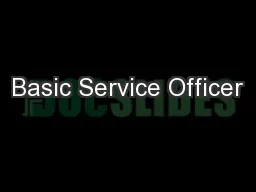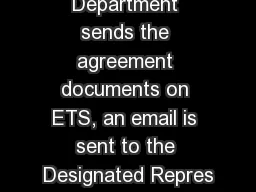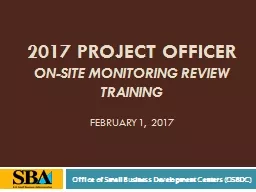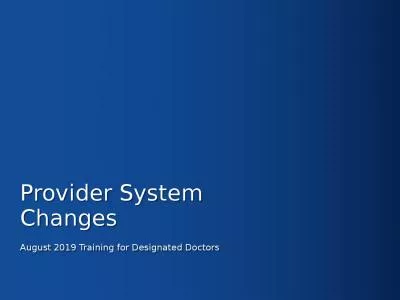PPT-Designated Officer Training
Author : melanie | Published Date : 2024-03-13
H istory of Designated Officers DO Program 1988 CDC issues document updating Universal Precautions and prevention of transmission of HIV HBV and other blood borne
Presentation Embed Code
Download Presentation
Download Presentation The PPT/PDF document "Designated Officer Training" is the property of its rightful owner. Permission is granted to download and print the materials on this website for personal, non-commercial use only, and to display it on your personal computer provided you do not modify the materials and that you retain all copyright notices contained in the materials. By downloading content from our website, you accept the terms of this agreement.
Designated Officer Training: Transcript
Download Rules Of Document
"Designated Officer Training"The content belongs to its owner. You may download and print it for personal use, without modification, and keep all copyright notices. By downloading, you agree to these terms.
Related Documents

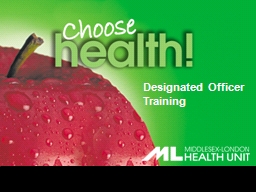
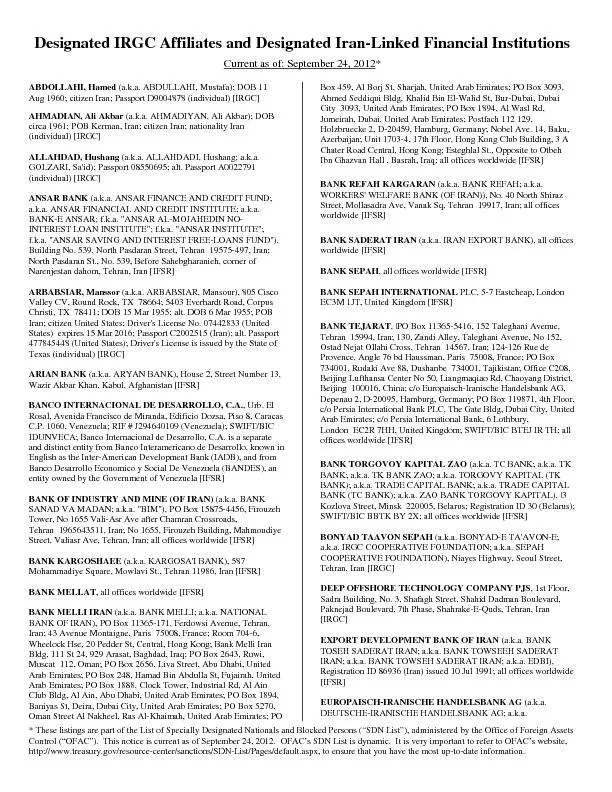


![[Restricted] ONLY for designated groups and individuals](https://thumbs.docslides.com/528549/restricted-only-for-designated-groups-and-individuals.jpg)

